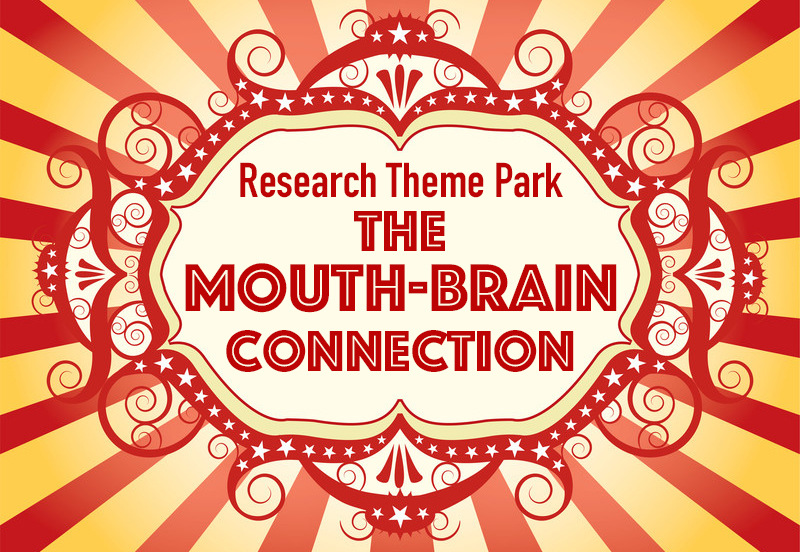
Faking a smile drives service workers to drink. The down-side of social skills training. Dental health improves brain health, but straighter teeth do little for self-esteem. And an addictions program doubles their recovery rates with a little help from their dental friends, all in this research round-up on the mouth-brain connection.
Date Published: 3/2/20
Duration: 11 minutes, 52 seconds
Studies Referenced:
- Grandey AA, Frone MR, Melloy RC, Sayre GM. When are fakers also drinkers? A self-control view of emotional labor and alcohol consumption among U.S. service workers. J Occup Health Psychol. 2019;24(4):482–497 (link)
- Livingston LA, Shah P, Happé F. Compensatory strategies below the behavioural surface in autism: a qualitative study. Lancet Psychiatry. 2019;6(9):766–777. (link)
- Marsili L, Ricciardi L, Bologna M. Unraveling the asymmetry of Mona Lisa smile. Cortex. 2019;120:607–610. (link)
- Doğramacı EJ, Brennan DS. The influence of orthodontic treatment on dental caries: An Australian cohort study. Community Dent Oral Epidemiol. 2019;47(3):210–216. (link)
- Doğramacı EJ, Brennan DS. The long-term influence of orthodontic treatment on adults’ psychosocial outcomes: An Australian cohort study. Orthod Craniofac Res. 2019;22(4):312–320. (link)
- Dominy SS, Lynch C, Ermini F, et al. Porphyromonas gingivalis in Alzheimer’s disease brains: Evidence for disease causation and treatment with small-molecule inhibitors. Sci Adv. 2019;5(1):eaau3333. (link)
- Hanson GR, McMillan S, Mower K, et al. Comprehensive oral care improves treatment outcomes in male and female patients with high-severity and chronic substance use disorders. J Am Dent Assoc. 2019;150(7):591–601. (link)
Tell us what you think about the podcast!




